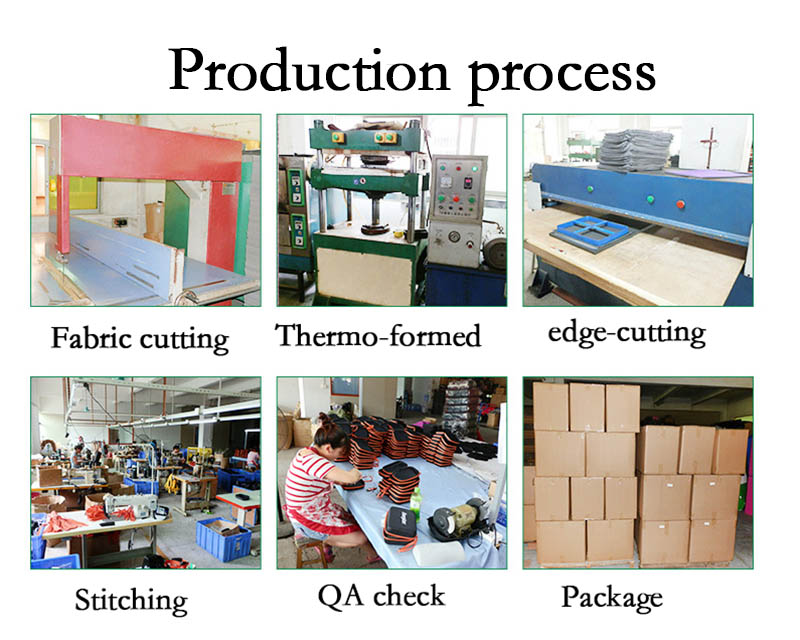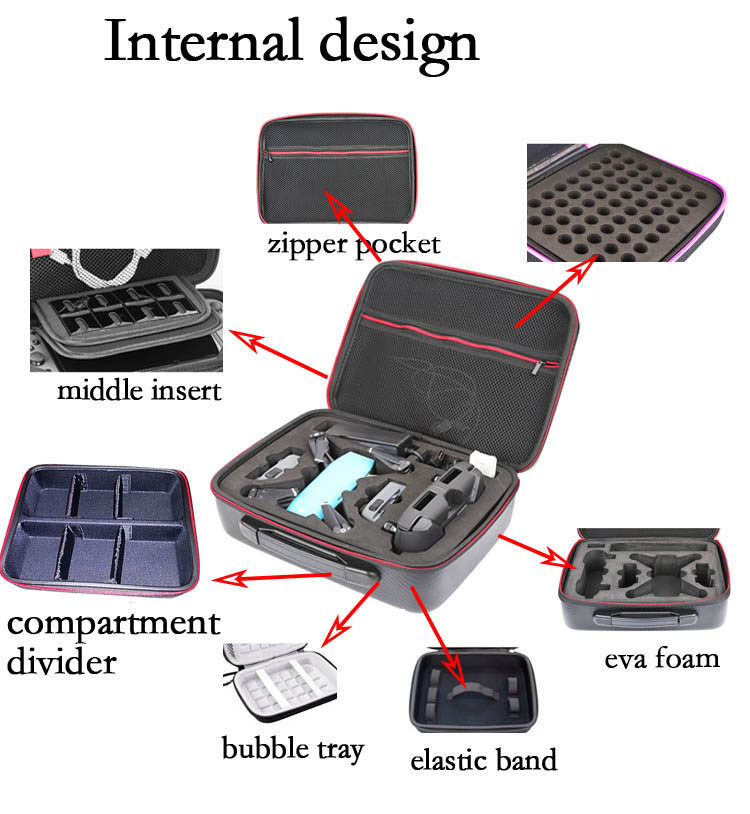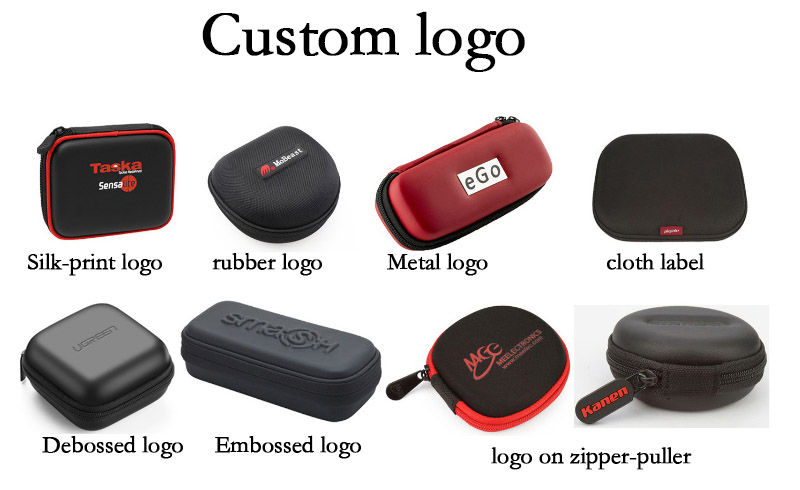Ceramic infiltrating tile is a new product developed in the 1990s. It combines the high strength, wear resistance, corrosion resistance of natural granite and the rich decorative effect of natural marble and color glazed tiles. Its rich and colorful colors and exquisite The pattern is mainly achieved through the screen printing process, and most of the current use of direct screen printing method, the fine print pattern, high production efficiency, the process is roughly as follows: >> screen printing beautiful ceramic art hall Production of bottom plate (positive drawing) → Screen printing (direct photolithography) → Printing → Enamel preparation → Proofing → Brick surface treatment → Screen printing From the above process flow, we can see that the difference between the tile screen printing and the general screen printing process is the process of enamel preparation, brick processing and so on. In the production process, if the process is not properly controlled, the quality of the seepage bricks will have a greater impact. The following focuses on some issues that should be taken into account when applying the screen printing process on architectural ceramics. Influence of the distance between screen and brick on the quality of printing In screen printing, the spacing between the tile and the screen directly affects the accuracy of the printed pattern. With the movement of the scraper, the screen will undergo a certain deformation, the pattern printed on the brick and the pattern on the screen will not be exactly the same, so theoretically analyzed, the smaller the distance between the brick and the screen, the pattern on the brick The higher the precision. In the actual production control of building ceramic seepage tiles, the spacing can neither be too large nor too small. In the screen printing process, when the squeegee scrapes through the screen, it is required that the screen must leave the surface of the tile before the stencil adheres to the mesh. Otherwise, the edge of the image may be blurred due to the infiltration of the enamel into the body. Moreover, if the speed of the wire mesh leaving the brick blank is too slow, as the moisture in the glaze is volatilized, the seed glaze easily adheres to the wire mesh, and the seed glaze particles continuously gather, resulting in blockage of the wire mesh mesh. The spacing between the tile and the screen has a direct effect on the speed at which the screen leaves the surface of the blank. When the distance is small, during the movement of the squeegee, the deformation of the screen is less, the upward tension generated by the screen is reduced, and the speed of the screen leaving the surface of the brick is decreased. If the viscosity of the stencil is large, it may be Attached to the mesh, the screen cannot leave the surface of the brick, causing serious printing defects. Of course, the spacing between the screen and the brick cannot be too large. Excessive spacing not only reduces the accuracy of the pattern, but also imposes higher requirements on the strength of the screen material. Moreover, the speed of the screen leaving the surface of the brick is accelerated, and the amount of the penetrant impregnated into the body is relatively reduced, resulting in a light and blurred pattern. Therefore, the distance between the screen and the brick is an important parameter, and it should be comprehensively considered according to the requirements of the pattern precision and the performance of the enamel. The effect of brick properties on printing quality Different from the ordinary screen printing process, the properties of the brick (including moisture content and temperature of the brick) have a great influence on the color and pattern quality of the product. In actual operation, the body must maintain a certain humidity and temperature To adapt to the requirements of the screen printing process. The glaze is equivalent to the printing ink in the ordinary screen printing process. It is usually a kind of viscosity with a certain degree of viscosity and can be stably stored (without delamination) by adding a soluble coloring compound to a solid consistency adjuster, water, and an active additive. , sedimentation, and deterioration of fluids. It is required that the penetrating glaze must have the following properties: First, it has a certain viscosity, and it has a higher resistance when the squeegee moves; second, it has sufficient fluidity and can smoothly pass through the mesh mesh (that is, Bingham's fluid); The third is to achieve a certain degree of granularity to prevent clogging the mesh. Effect of Screen on Print Quality 1. Effect of screen mesh on printing quality Conclusion Although the application of screen printing on ceramic seepage tiles is a relatively new topic, the development speed in recent years is quite fast. In actual production, the distance between the screen and the brick must be properly controlled; and the effect of the change in the properties of the impregnated glaze and the properties of the brick on the quality of the print should be carefully observed. In the process of operation must be targeted to make adjustments; according to the requirements of specific products and the performance of the glaze selection screen mesh number, reasonable adjustment of the tightness of the screen, only in this way to get high-quality printing patterns. Reprinted from: Ke Yin Network
EVA Headphone Case: made with thick odorless EVA sheet, lightweight and durable, ideal case for storage and carrying of large headphones
we can handle all stages of your needs for EVA bag and case - from research and design, sampling, mass production, packaging and logistics, We make it worry free and easy to do business.
Advantages with us,
1, More than ten years of experience in designing and manufacturing.
2, Competitive price and On-time delivery
3, Quality is our number one priority
4, Great After-sale services
Porduct
Custom design EVA earphone/headphone CASE/BAG
Surface fabric
Polyster
Fabric available:
Body
EVA
4mm,5mm,6mm,70-75 degree hardness EVA
Lining
knitted fabric
velvet lining,faric lining, or others
Design
inside with mesh pocket and cut foam
inside with mesh pocket, elastic, cut foam, molded foam ok
Size
Custom
we can make mould so any size is ok
Color
black
pantone color is welcome
Type(Usage)
Storage,and carrying
promotion, packing, protection
Delivery time
usually 30days for running an order
based on quantity, can be discussed
MOQ
500pcs
can be discussed
Sample
with exsiting size: free and 3days
1. The influence of the water content of the brick on the printing quality
The moisture content of bricks refers mainly to the moisture content of the bricks after they enter the screen printing process through the drying process. The degree of moisture content has a great influence on the screen printing process. When the moisture content of the brick is too low, the permeated glaze will be quickly absorbed by the brick when it passes through the mesh of the mesh, which can easily cause aggregation of the glaze particles, dry knots, and clogging of the mesh, causing difficulty in printing. When the moisture content of bricks is too high, the absorption rate of the enamel glaze by the bricks is slow. If the spacing between the bricks and the wire mesh is small at this time, the screen may not be able to leave before the enamel is attached to the mesh after scraping. The surface of the brick, ie, the glaze, easily adheres to the screen, causing the mesh to clog. Therefore, in the actual production, it is generally required that the moisture content of the brick be controlled below 0.2%.
2. The effect of brick temperature on printing quality
If the temperature of the brick is too high (above 70°C), during the printing process, the water in the glaze will rapidly evaporate after encountering the high temperature body, so that the viscosity of the glaze will increase, and the viscous glaze will clog easily. Mesh mesh, causing printing difficulties. In addition, the coloring ions entering the green body will also migrate with the evaporation of water in the enamel glaze, and the coloring ions will be concentrated from the inside of the green body to the surface of the green body, resulting in deep flowering and blurred patterns. However, if the temperature of the brick is too low (below 30°C), the pores in the green body will shrink, and the resistance of the penetrating glaze into the green body will increase accordingly, and the coloring ions will hardly enter the interior of the green body, resulting in a glaze Spread across the surface of the green body, making the product pattern blurred, and the color is very light. Therefore, in order to improve the quality of printed products, the temperature of bricks should be strictly controlled, and it is usually controlled at 45-65°C.
Effect of the performance of the enamel glaze on printing quality
1. Effect of Viscosity of Viscose on Print Quality
In a series of performance indicators of the glaze, viscosity is a very important parameter and has a greater impact on print quality. If the viscosity is too high, first of all, it is unfavorable to the printing process, and it is easy to produce sticking nets, blocking nets, and destroying the surface of the green body; secondly, when the glaze viscosity of the green body surface is large, the diffusion resistance of ions increases, and the glaze stays. On the surface of the green body, it is difficult to penetrate into the interior, and the image is blurred and superficial after sintering at high temperature. The reasons for the low viscosity may have two aspects: one is the excessive addition of penetration aid; the second is that the concentration of the enamel itself is too low. If the viscosity is too low due to too much penetration aid, the coloring ions will seep too deep under the help of the penetration aid, resulting in the decrease of the concentration of coloring ions in the body, and the color becomes light after sintering at high temperature. ,blurry. If the concentration of the stencil itself is too low, the moisture in the slush increases (in fact, water is also a kind of penetration aid), and the concentration of the coloring ions also decreases, and the image after high-temperature sintering is also fuzzy and light.
2. Effect of glaze size on printing quality
The glaze particle size has a certain influence on the printing quality. The surface tension of the rules is too large, and the glaze layer will dry and crack easily, and the phenomenon of shrinkage and burnout will occur after sintering. If the particle size of the glaze slurry is too thick, the melting temperature will increase, affecting the penetration of the coloring ions into the green body, affecting the coloring ability of the color glaze, and reducing the color concentration of the pattern; at the same time, the glaze slurry with a too coarse particle size may be easily screen printed. The phenomenon of stencil printing will also speed up the wear of screens and reduce the resistance to printing. In actual operation, the control of the size of the glaze slurry generally takes half the size of the mesh opening size of the mesh as the upper limit of its particle size.
The choice of mesh size on the one hand is related to the quality requirements of the product pattern, and on the other hand it is closely related to the performance of the glaze. In order to obtain high-quality fine patterns, high mesh screens are generally available. For a certain degree of viscous enamel, if the mesh of the screen is too dense and too small, it will be difficult for the enamel to reach the surface of the brick through the screen mesh when printing. Even if it can be printed on the surface of the brick, the blemishes will also occur. The limited number of glazes results in a poorly eroded flower pattern and a light and fuzzy pattern. If the mesh of the screen is too large, the quantity of the penetrating enamel that passes through the screen to reach the surface of the body is large, and it is easy to spread outward on the surface of the body, which also causes the pattern to be blurred. In the actual production, the number of screen meshes should be reasonably selected according to the viscosity of the enamel glaze. For the larger viscous osmotic glazes, the screen mesh openings can be appropriately large; and for the lower viscous osmotic glazes, the wire mesh net Holes should be smaller. In general, the mesh size of the screen can be controlled at 60-120 mesh/inch.
2. The effect of screen tension on print quality
The elasticity of the screen has a certain influence on the printing process and print quality. If the screen is stretched too tight, the tension of the screen when leaving the blank is relatively large, the speed of leaving the blank is faster, the contact time between the screen and the blank is reduced, and the penetrating glaze is screen printed onto the surface of the blank. Relatively small amount, in order to get a clear pattern at this time, must slow down the speed of the scraper. If the screen is stretched too loosely, the tension of the screen when leaving the blank is relatively small, the speed of leaving the blank is slow, the contact time between the screen and the blank is prolonged, and the enamel is printed through the screen to the surface of the blank The relative amount is relatively large, which tends to cause horizontal diffusion of the product pattern.
210D,600D,900D,1200D,1680D polyeste, PU, PVC etc
with new mould: need mould cost and about 5days
1 How to Produce a EVA headphone case

2 custom fabric and lining

3 custom internal design

4 custom logo design

EVA Headphone Case
EVA Headphone Case,Custom EVA Headphone Case,Fit EVA Headphone Case,EVA Headphone Bag
Dongguan Topreal bag&case., Ltd. , http://www.toprealcase.com